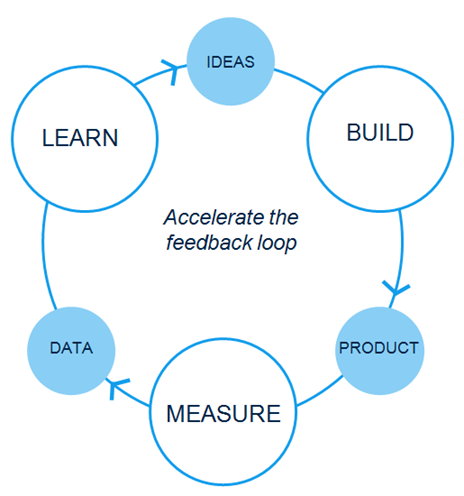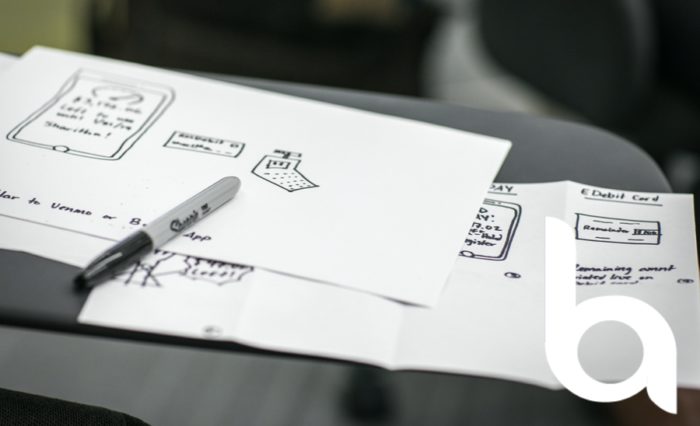As we move into the final two phases of using Design Thinking for good Business analysis, let’s do a quick recap of what’s been covered so far. In Phase 1 we discovered the current state through the Inspiration phase of Human Centred Design, using a range of planning techniques from BABOK® and design-based techniques to elicit, describe and capture the current state. This strong foundation of knowledge and understand lead into Phase 2 where we used Ideation to look at the ideal future state and started to elicit our requirements. Using techniques from Agile, Design Thinking and IIBA’s BABOK®, we have been able to create Sprints, wrapped our requirements into User Stories, and developed the product backlog that will take us through to the end of our journey. In the next two phases we will prototype, build, seek feedback, and complete our objective of delivering value through lean and quality requirements to address business needs.
Phase 3: Prototype and Build

With a full set of prioritised requirements organised in a Product Backlog, commence on finalising the future state process and building prototypes to support the process by transitioning from Ideation to Implementation. Work on the future state should involve the intended product or service being delivered and how the customer or user will experience it. How they will interact and use the service or product being created is critical for a successful delivery, and a number of techniques exist to help work this out.
Personas can plan a major role in reaching your destination. Understanding the different types of users, the demographics of your customer base and what their goals and needs are will be important. Using these Personas, development of Customer Journey Maps and Storyboards can provide additional tools in developing future state processes and prototypes. If you have multiple Personas, split off into small groups and brainstorm ideas for each specific persona then re-group to look for common themes. If your future state is developed enough at this stage, Rapid Prototyping may be used to understand the practical implications of your efforts and work can be undertaken to further refine and develop the product or service.
As your prototypes evolve and refined over multiple iterations, feedback must be consistently gathered to ensure the intended future state process is valid and the product or service remains desirable, feasible and viable. This can be done through the use of a Build-Measure-Learn loop within the Prototype and Build phase where Concept Models and Prototypes can be used with targeted user groups, observing how they interact with the solution, and adapting changes based on the observations. Your prototypes are the build, observation becomes the measure, and the outputs from observation become the learning that is then applied to making changes to your process and product or service. By repeating the cycle through a number of iterations until you are happy the process, product and/or service, you can be certain that valuable information is being assessed and implemented as needed to push you closer and closer to success.
